It is (objectively) never fun when our children engage in physically aggressive behaviors toward others such as hitting, pushing, kicking, scratching, hair-pulling, etc. During these moments, it is incredibly difficult for parents (myself included) to remain calm due to a variety of potential reactions such as anger, embarrassment, worry, or physical pain (if, say, the parent is the one getting their hair pulled). While these responses are completely human and understandable, they also tend to escalate an already-tense situation thereby reducing the potential effectiveness of any attempted interventions.
When all is calm, though - in moments when the child is not behaving aggressively and the adult is grounded enough to parent intentionally - a powerful way to address aggressive behavior in children is by modeling and teaching the practice of empathy, a skill required to help individuals of all ages make safe and effective behavioral choices. Below are some tips on how to…
- Re-conceptualize our judgments around aggressive behaviors in young children,
- Garner empathy in young children, and
- Track and celebrate progress with Goodtimer
(For advice on "in-the-moment" interventions, see this awesome article from the Child Mind Institute.)
WHY do young children hit?
…because, much to our chagrin, they were not born knowing how to regulate their emotions. Ideally, throughout childhood and adolescence people learn to identify, understand, and communicate their feelings thereby enabling them to make effective life choices. Young children, however, lack these skills which helps to explain their poor impulse control and the little-to-no intention behind their (sometimes aggressive) behaviors. Parents must recognize that aggressive outbursts are extremely common in children and are even - in most cases - developmentally appropriate.
Three ways to cultivate a home environment with more empathy and less aggression?
- [In moments of communal calm…] Clarify Expectations by Setting House Rules: Try holding a family meeting to establish clear and simple house rules. This approach helps children a) know their boundaries, b) learn the values they are expected to align with, and c) feel accountable (after all, they helped come up with the rules in the first place!). Formally pronouncing a house rule such as “Be Kind and Gentle” sets an important behavioral standard for our little ones to bear in mind while indicating what to do as opposed to what not to do (e.g., “don’t hit!”).
- [In moments of communal calm…] Encourage Empathetic Behavior through Role Play: Try leading your child in exercises that will help build empathy by teaching them to be curious about their feelings and the feelings of others. Suppose you are watching a show together where one of the characters misses the school bus and begins to cry. You might say, “Hmm, I wonder what that character is feeling right now. Do you have any guesses?” Or, “Can you imagine if that happened to you? What feelings might you have?” (Check out Parenting Science's article on building empathy for more info!)
- [In moments of communal calm…] Practice Positive Reinforcement (with Goodtimer!): It was psychology giant B.F. Skinner whose experiments first showed individuals are more likely to repeat behaviors which are positively reinforced (calling all psych dorks - more info on Skinner's theory can be found here). In other words, rewarding your little one with praise when you catch them behaving empathetically should lead to more empathetic behaviors in the future. Praise comes in many forms including verbal praise: “Wow, you were really able to put yourself in someone else’s shoes!” and physical praise (e.g., in the form of a hug). Goodtimer offers praise via its audio, visual, and token economy features. In addition, Goodtimer provides children the chance to become tangibly involved in their own behavioral tracking; they are as accountable for their ineffective choices (e.g., when they are told to flip over the device to pause Good Time) as they are responsible for their victories (e.g., when they are told to return the device to its upright position to account for Good Time earned). (Click here to read about how the American Academy of Pediatrics endorses positive reinforcement in parenting!)
When parents can meet their young children’s aggression with patience, understanding, and empathy, they are communicating the social and biological reality that children are works in progress (as are adults, for that matter). Modeling empathy and encouraging its practice with praise and reinforcement builds harmony in the home, benefiting children and parents alike. (Click here for Parenting Science's advice on other ways to approach parenting a child with aggressive tendencies.)
If you are having extreme difficulty managing your child’s aggressive behavior, consider consulting a professional to help you.
Watch the video:
Links to referenced resources:
- For more information on emotion dysregulation in young children and for in-the-moment advice re: handling the problematic behaviors: https://childmind.org/guide/parents-guide-to-problem-behavior/#block_64cbd9b5b5e0c
- For more on teaching empathy: https://parentingscience.com/teaching-empathy-tips/
- For more on the science behind positive reinforcement: https://www.simplypsychology.org/operant-conditioning.html
- Here is the American Academy of Pediatrics’ article in support of parenting using positive reinforcement: https://publications.aap.org/aapnews/news/13135/Principles-of-positive-parenting-can-be-shared?autologincheck=redirected
- For more ways to approach parenting children who have aggressive tendencies: https://parentingscience.com/aggression-in-children/


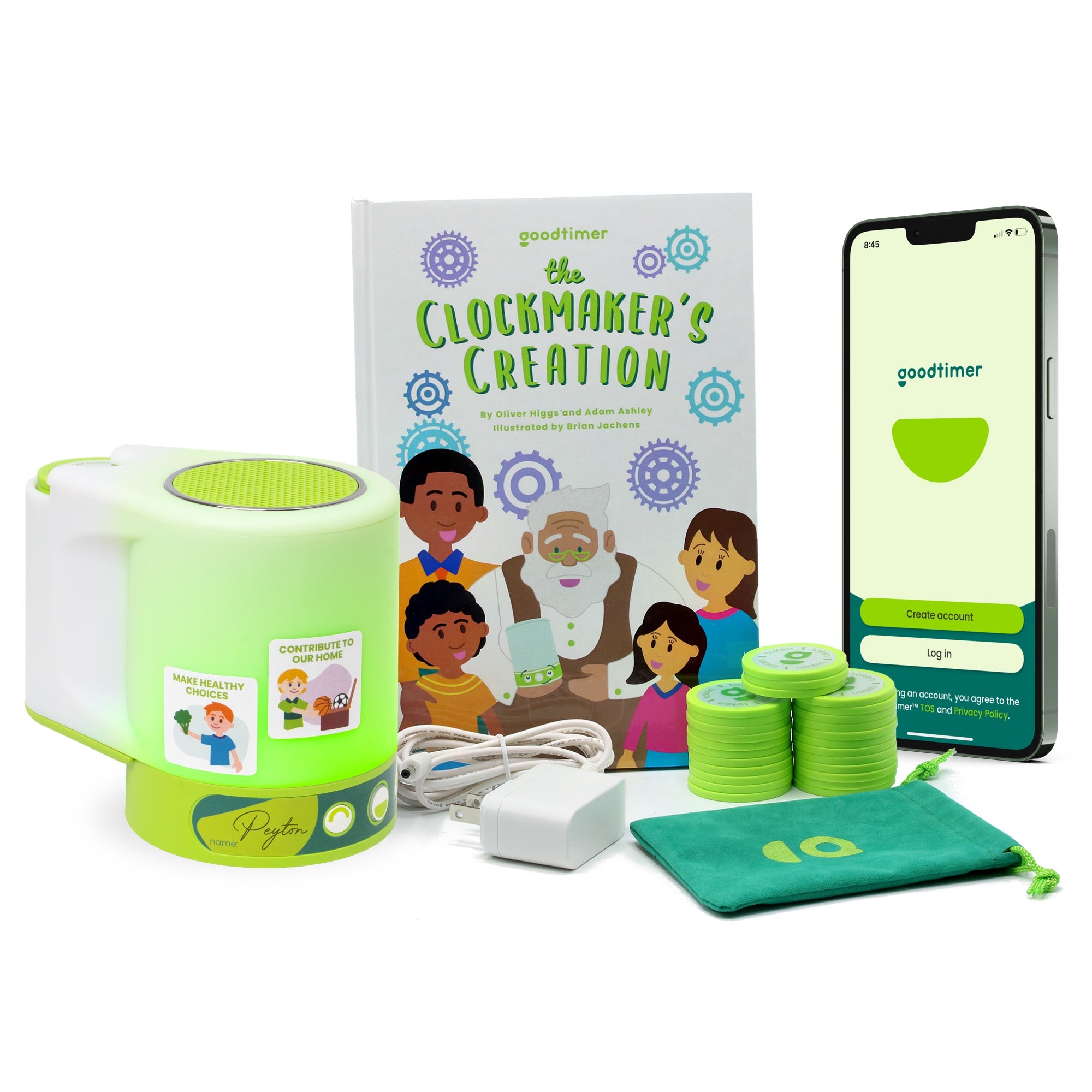
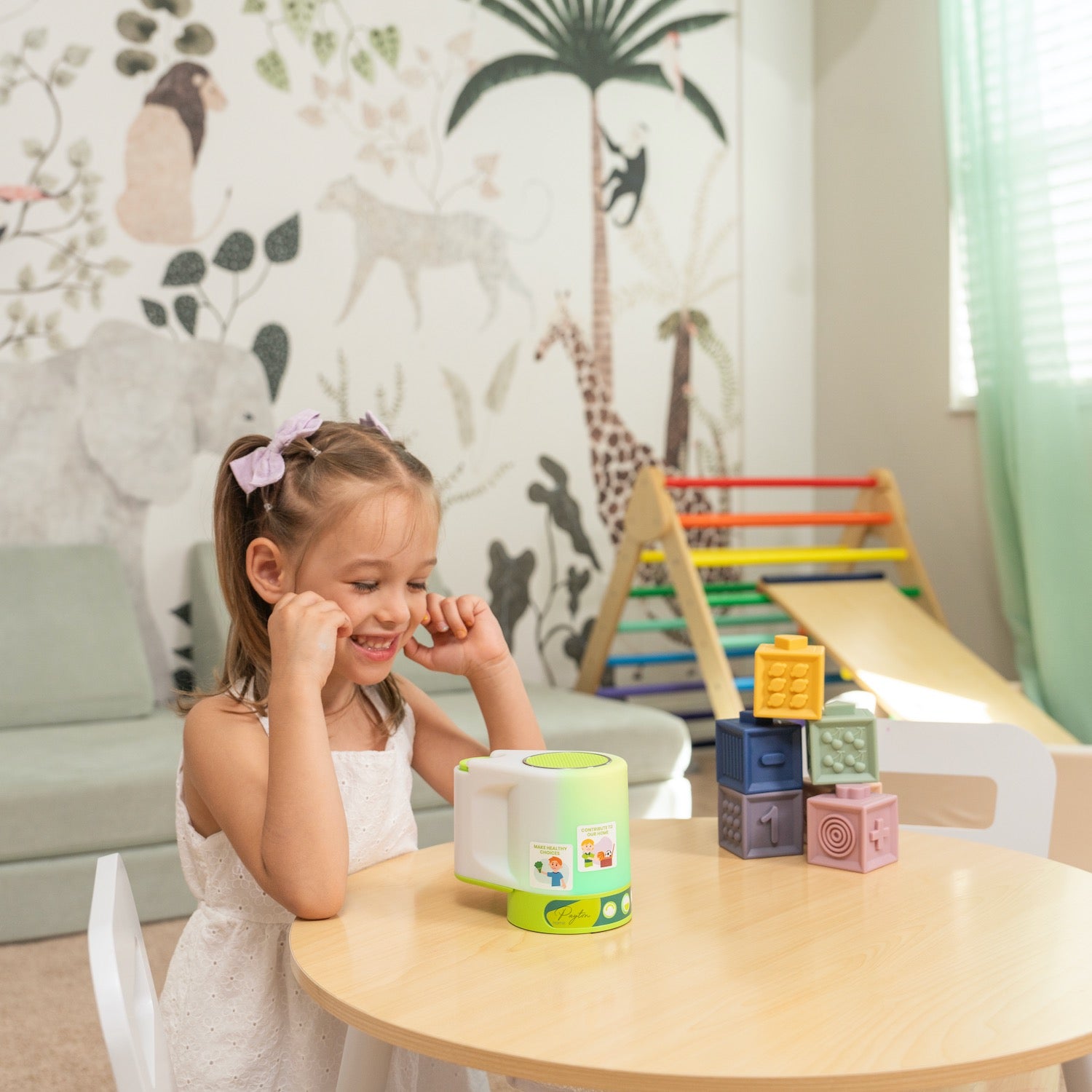
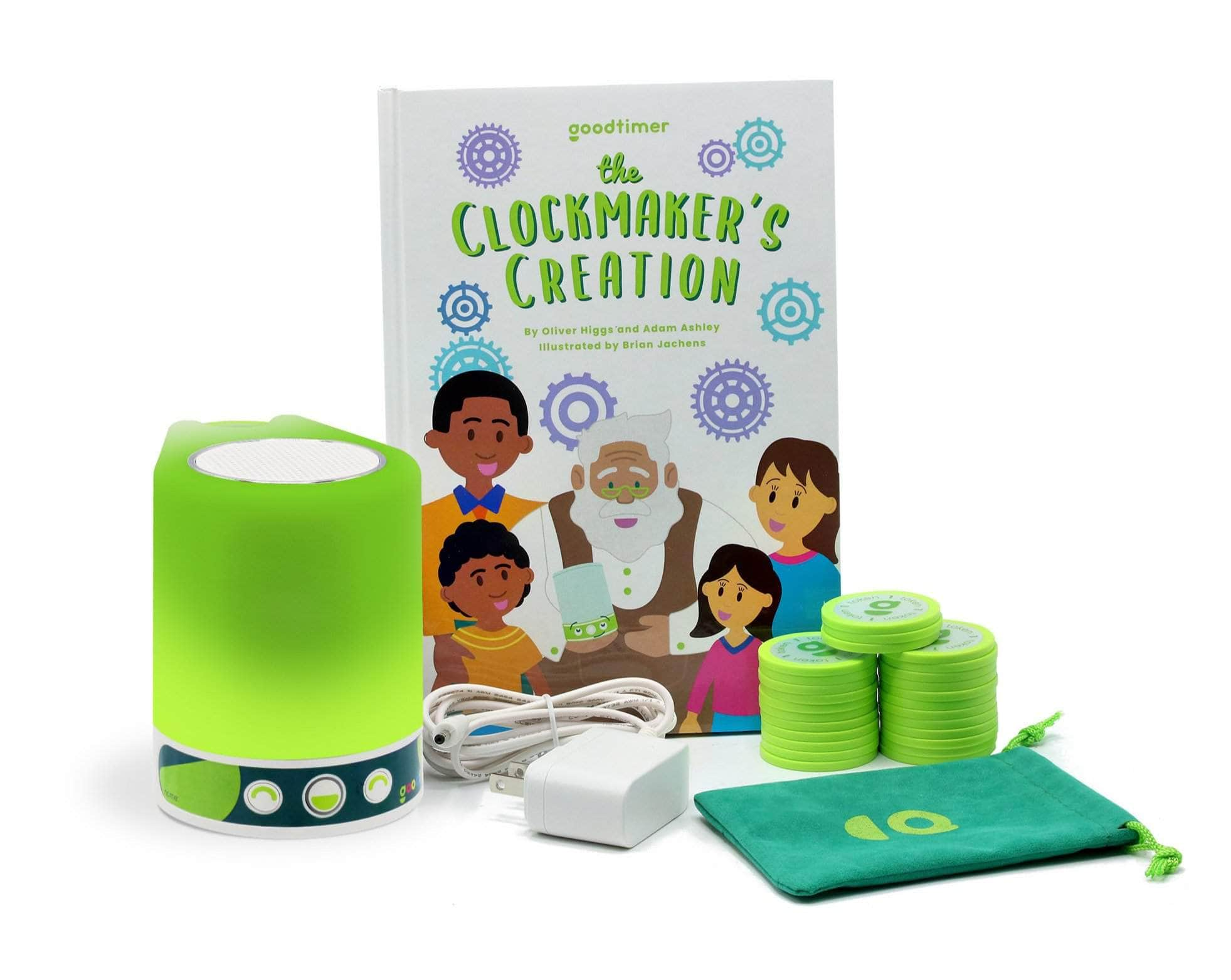
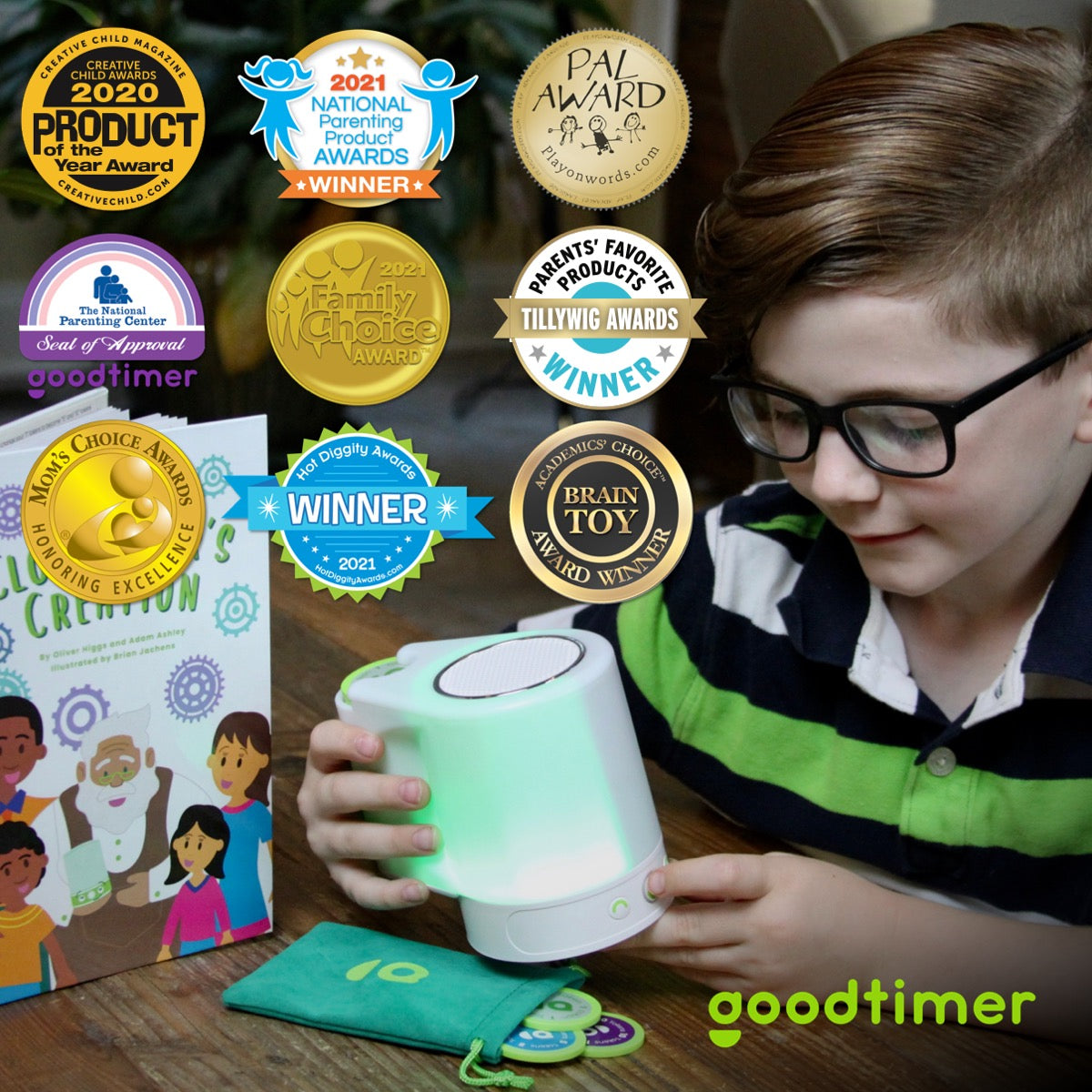

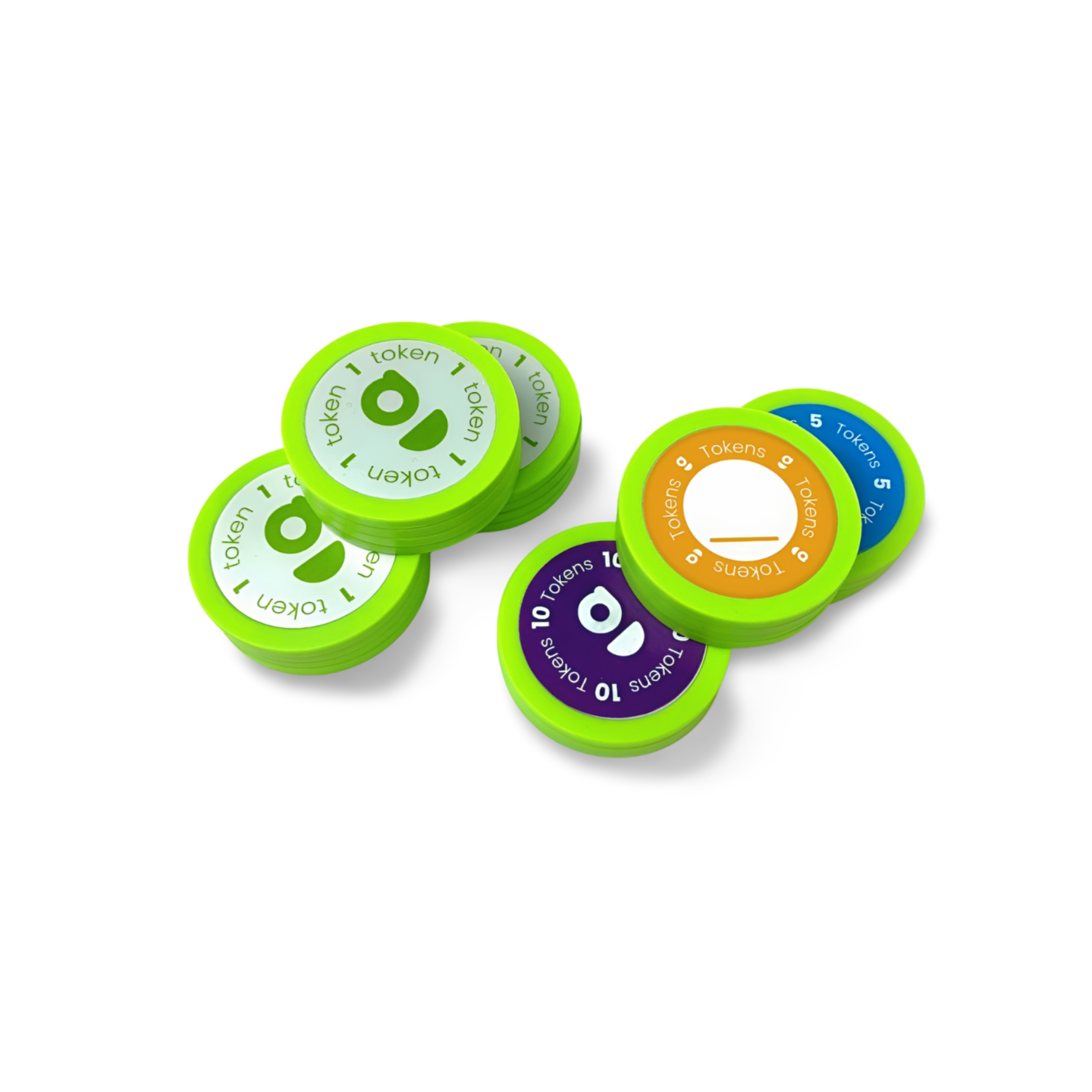

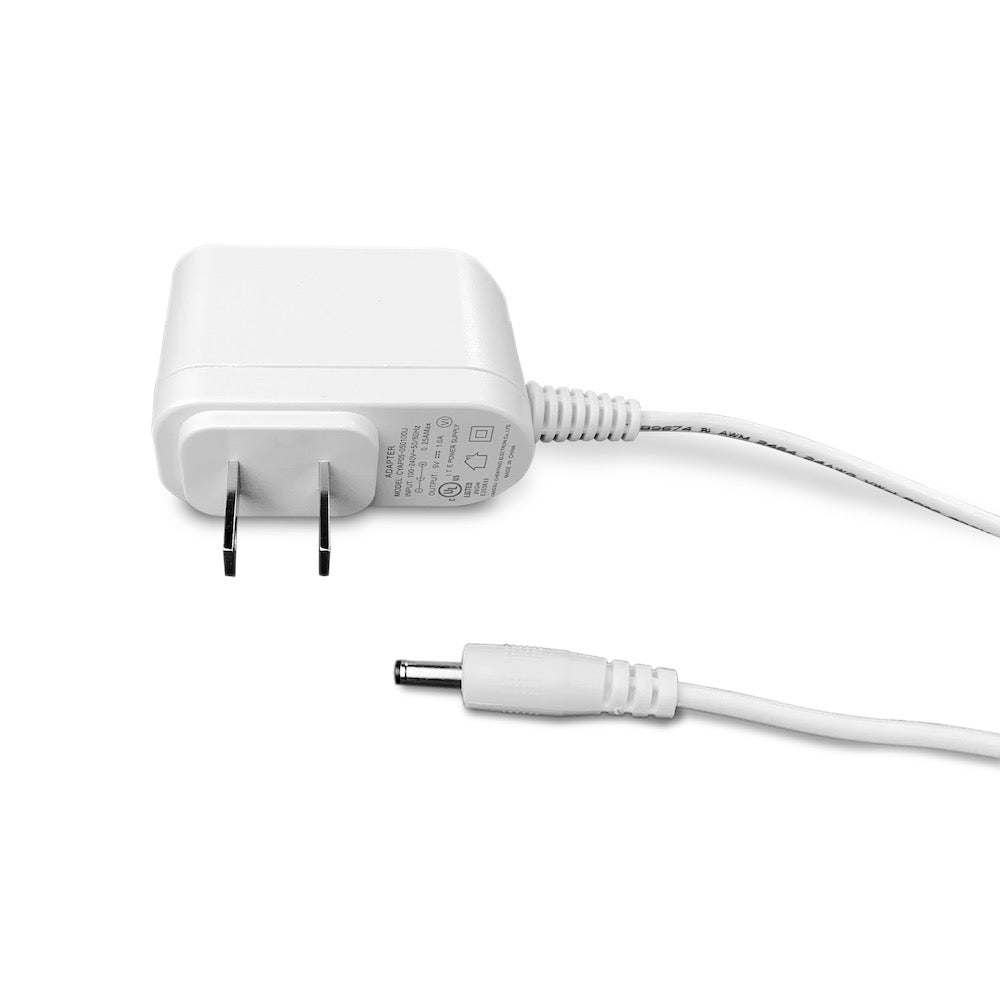
1 comment
Very informative and interesting article. As a parent myself, I can see some of these tools really coming into use.
Thank you
Leave a comment